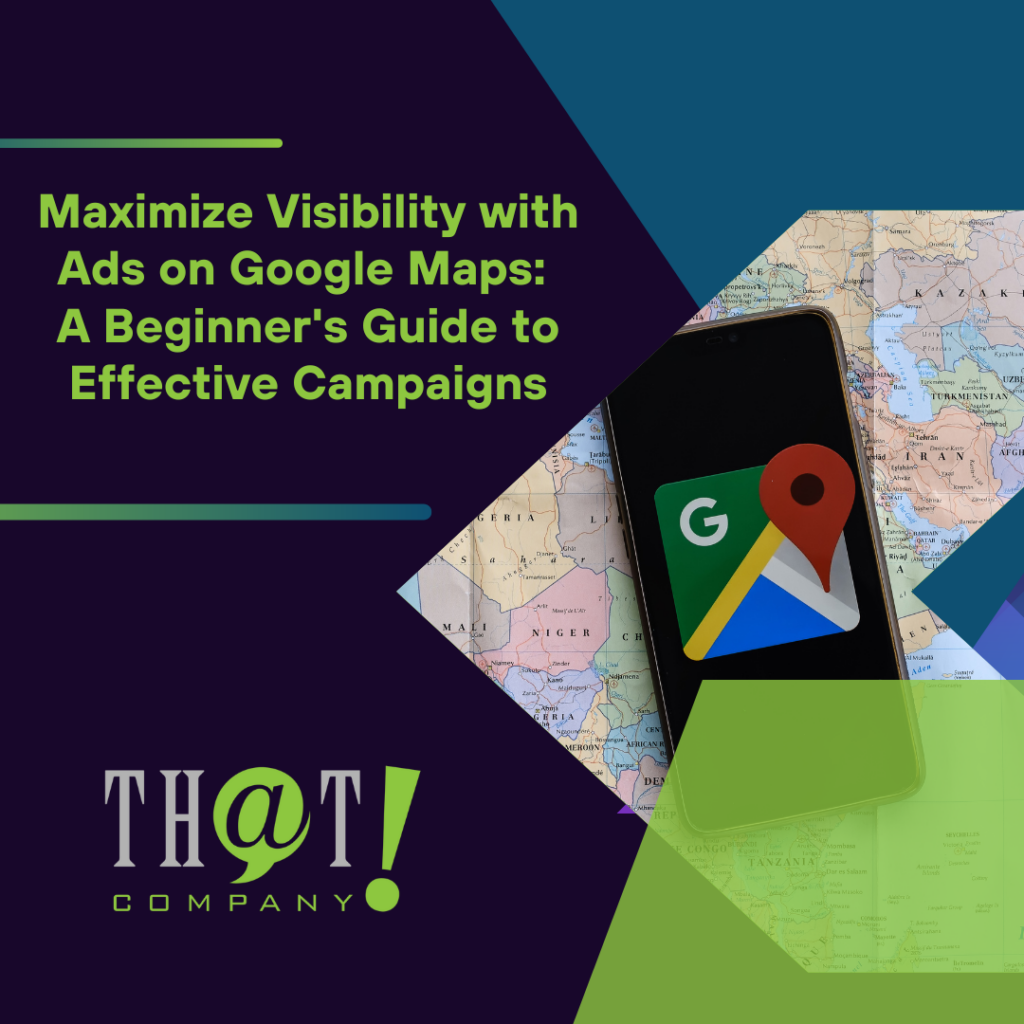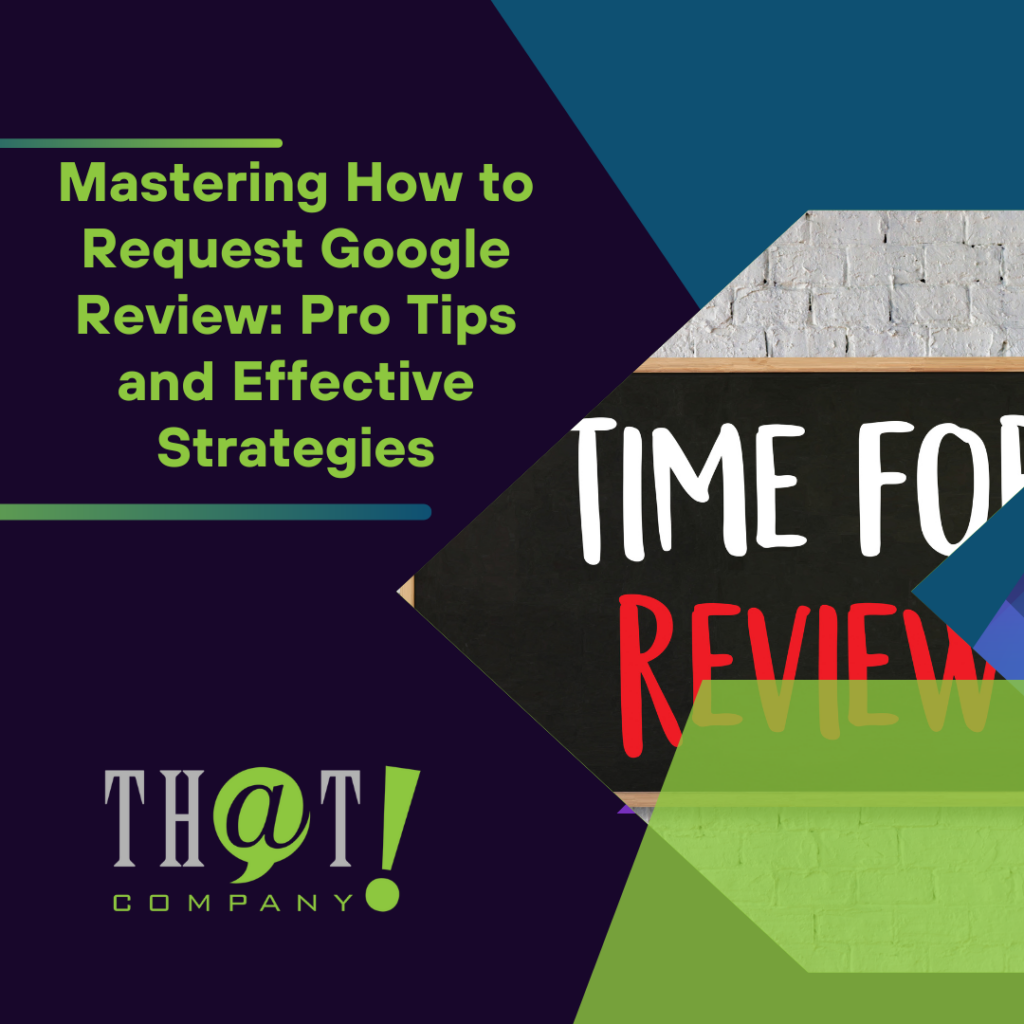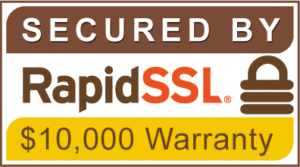
Wondering what coop advertising is and how it can help your business? Coop advertising is a method where manufacturers and retailers share the costs of ads. This strategy makes advertising cheaper and more effective. Read on to learn how co op advertising works and its benefits.
Main Insights
- Coop advertising is a collaborative strategy between manufacturers and retailers that shares advertising costs, enhancing campaign reach and reducing overall expenses.
- The main types of coop advertising include traditional media, digital platforms, and in-store promotions, allowing businesses to choose the most effective channel for their audience.
- Key steps in implementing a successful coop advertising campaign encompass identifying available funds, developing a strategic marketing plan, securing manufacturer approval, executing the campaign, and tracking results.

Understanding Coop Advertising
Coop advertising, or cooperative advertising, is a marketing strategy where manufacturers and retailers collaborate to share advertising expenses through co op marketing. This partnership not only helps in reducing individual costs but also amplifies the reach of their campaigns, benefiting both parties involved. Coop advertising programs can be categorized into various types, each tailored to different marketing strategies and media channels, ensuring that businesses can choose the best fit for their needs.
A systematic approach to planning, execution, and management is required to implement a coop advertising campaign. Strategically aligning objectives and utilizing available funds significantly enhances the financial effectiveness of marketing efforts.
In recent times, digital coop advertising has gained traction, offering options like social media campaigns, search engine marketing, and display ads on websites.
Definition of Coop Advertising
At its core, cooperative advertising is a collaboration where manufacturers pay for part or all of an advertisement. This financial support can come in various forms, such as providing funds to support retailer advertising or supplying materials like photos or graphics for the ads. Manufacturers may also pay to feature their product in an ad, ensuring their brand gets the visibility it needs while helping retailers reduce advertising spend.
For example, a local electronics store might run a newspaper ad featuring the latest smartphone from a major manufacturer. The manufacturer covers a portion of the advertising expenses, while the retailer benefits from increased foot traffic and sales. This symbiotic relationship is the essence of coop advertising.
How Coop Advertising Works
To get started with co op advertising, a practical plan is essential. Co op advertising works by having manufacturers typically help fund the marketing of their products, supporting retailers in promoting both their business and the manufacturer’s products. Retailers are expected to market both their business and the manufacturer’s products when using co op advertising funds. This dual promotion helps in maximizing the effectiveness of the ad campaigns.
Interestingly, about 20% of the coop advertising budget is being utilized on digital channels. This shift towards digital advertising allows businesses to leverage online channels effectively, amplifying their reach and targeting specific demographics more accurately. Through social media campaigns, search engine marketing, and display ads, co op advertising adapts to the evolving digital landscape.
Benefits of Coop Advertising
One significant advantage of co op advertising is the reduction in your advertising spend. Sharing expenses allows both manufacturers and retailers to afford more extensive marketing campaigns than they could individually. This cost-effective approach enables businesses to reach a broader audience without breaking the bank.
Moreover, co-op advertising fosters a collaborative relationship between manufacturers and retailers, leading to mutual benefits. Manufacturers gain increased product visibility and sales, while retailers enjoy enhanced marketing support and customer engagement. This synergy makes co-op advertising a powerful tool for business growth. For agencies, working with a white label agency can further amplify these benefits by ensuring strategic campaign execution and maximizing advertising effectiveness.

Types of Coop Advertising Programs
Coop advertising programs can be broadly categorized into three main types: traditional media, digital platforms, and in-store promotions. Each type offers unique advantages and caters to different marketing strategies, allowing businesses to select the most effective approach for their target audience.
Traditional Media Coop Programs
Traditional media co-op advertising frequently utilizes platforms such as television, radio, and print to reach broader audiences. These channels are effective in extending product awareness in local markets, providing financial support to retailers.
Television and radio ads are particularly popular in traditional cooperative advertising efforts. They leverage the broad reach of these media to increase product visibility and drive customer engagement. For instance, a joint ad campaign on a local TV station can boost brand recognition and sales for both the manufacturer and the retailer.
Digital Advertising Coop
In the digital age, cooperative advertising has evolved to include online channels, offering manufacturers and retailers the opportunity to leverage detailed customer data for enhanced performance. Digital coop advertising allows businesses to utilize social media campaigns, search engine marketing, and display ads effectively, amplifying their reach and targeting specific demographics.
For example, a retailer can use co-op advertising funds to run targeted ads on social media platforms, reaching potential customers based on their interests and behaviors. This approach not only increases engagement but also drives conversions, making digital co op marketing a powerful tool in today’s market.
In-Store Promotions and Events
In-store promotions and events are another vital aspect of co-op advertising, allowing businesses to engage customers directly at the point-of-sale. These strategies enhance product visibility and customer interaction, driving immediate sales and brand loyalty.
For instance, a retailer might partner with a manufacturer to host an in-store event showcasing a new product line in real life. This direct engagement not only boosts sales but also creates a memorable shopping experience for customers, reinforcing brand loyalty and encouraging repeat visits.

Steps to Implementing a Successful Coop Advertising Campaign
Launching a successful co-op advertising campaign involves several critical steps, from identifying available funds to tracking and reporting results. Setting clear goals and utilizing a well-structured budget can significantly enhance the financial effectiveness of the campaign.
Incorporating innovative digital marketing techniques and staying aware of changing consumer behaviors allows businesses to maximize their new tactics in co op marketing efforts.
Identify Available Coop Funds
Before: The first step in implementing a co op marketing campaign is to check with the manufacturer’s representative to determine if coop funds are available. It’s crucial to investigate any requirements concerning the use of coop dollars and recognize that not all manufacturers offer these funds.
After:
- Check with the manufacturer’s representative to determine if coop funds are available.
- Investigate any requirements concerning the use of coop dollars.
- Recognize that not all manufacturers offer these funds.
Develop a Co Op Marketing Strategy
Developing a marketing strategy that aligns with the goals of both retailers and manufacturers is critical to the success of the campaign. Following manufacturer guidelines and obtaining their approval are essential steps to ensure compliance and effectiveness.
Get Manufacturer Approval
Securing agreement from all involved parties is essential before launching the campaign. This step ensures that co op advertising funds are used effectively and that the campaign aligns with the manufacturer’s expectations.
Execute the Campaign
Executing the campaign involves implementing the marketing strategy and utilizing the available coop funds. This process often includes in-store promotions that leverage point-of-sale materials to attract customers and drive sales.
Track and Report Results
Tracking and reporting the results of the co op advertising campaign is crucial for claiming coop funds and demonstrating effectiveness.
Providing a complete invoice and ensuring all manufacturer stipulations are satisfied are necessary steps for reimbursement.

Measuring Success in Co-op Advertising
Measuring the success of co-op advertising campaigns is crucial to understanding their effectiveness and making data-driven decisions for future campaigns. Here are some key performance indicators (KPIs) and tools to help measure success:
Key Performance Indicators
- Return on Ad Spend (ROAS): This KPI measures the revenue generated by the campaign in relation to the cost of the ad spend. A higher ROAS signifies a more effective campaign.
- Conversion Rate: This tracks the number of customers who complete a desired action, such as making a purchase or filling out a form, relative to the number of visitors. A higher conversion rate signifies a successful ad campaign.
- Click-Through Rate (CTR): This metric measures how many users click on an ad compared to how many view it. A higher CTR indicates that the ad is engaging and relevant to the audience.
- Cost Per Acquisition (CPA): This KPI measures the cost of acquiring one customer through the campaign. Lower CPA values indicate a more cost-effective campaign.
- Brand Awareness: This tracks the increase in brand recognition and awareness among the target audience. Surveys and social media metrics can help gauge this KPI.
Tools and Techniques for Measurement
- Google Analytics: A thorough web analytics tool that offers insights into website traffic, user engagement, and conversion rates It helps track the performance of digital advertising campaigns.
- Surveys and Feedback: Collecting feedback from customers and non-customers can provide valuable insights into the campaign’s effectiveness. Surveys can measure brand awareness and customer satisfaction.
- A/B Testing: Testing different ad creatives, targeting options, and messaging can help optimize campaign performance. A/B testing allows businesses to identify the most effective strategies.
- Data Analytics Platforms: Tools like Mixpanel or Kissmetrics provide advanced analytics and insights into customer behavior and campaign performance. These platforms help businesses make data-driven decisions.
By focusing on these KPIs and utilizing the right tools, businesses can effectively measure the success of their co-op advertising campaigns and make informed decisions for future efforts.

Managing Co-op Advertising Costs
Managing co-op advertising costs is essential to ensure that both the manufacturer and retailer benefit from the partnership. Here are some budgeting strategies to consider:
Budgeting Strategies
- Shared Costs: Manufacturers and retailers can share the costs of advertising campaigns, with the manufacturer contributing a percentage of the total cost. This approach helps lower costs for both parties and makes the campaign more affordable.
- Reimbursement Model: Manufacturers can reimburse retailers for a portion of the advertising expenses, based on the sales generated by the campaign. This model incentivizes retailers to invest in effective advertising.
- Co-op Fund: Manufacturers can establish a co-op fund, which retailers can access to fund their advertising campaigns. This fund can be used for various marketing activities, ensuring that advertising expenses are covered.
- Performance-Based Budgeting: Budgets can be allocated based on the performance of previous campaigns, with more successful campaigns receiving a larger budget. This strategy ensures that funds are invested in the most effective advertising efforts.
- Regular Budget Reviews: Regular reviews of the budget can help identify areas for optimization and ensure that the campaign is meeting its objectives. This ongoing assessment allows for adjustments to be made as needed.
By implementing these strategies, manufacturers and retailers can effectively manage co-op advertising spend and ensure a successful partnership. This collaborative approach not only helps in cutting costs but also maximizes the impact of advertising campaigns, benefiting both parties involved.

Best Practices for Maximizing Co-op Advertising Costs
To make the most of coop marketing dollars, businesses should follow best practices that ensure a cost effective way of using funds to cut costs and maximize returns.
Maintaining open communication, staying updated with marketing trends, and measuring and optimizing performance are key strategies for success.
Maintain Open Communication
Keeping open lines of communication between retailers and certain manufacturers is essential to ensure both parties are in sync and meet requirements.
For example, Chewy.com works closely with pet food brands, utilizing shared advertising resources to enhance visibility and drive sales.
Stay Updated with Marketing Trends
Staying informed about the latest marketing trends and tactics is vital for maintaining a competitive edge and ensuring successful campaigns. Digital advertising, particularly through social media platforms, allows businesses to engage directly with their target demographics, maximizing engagement and conversions.
Measure and Optimize Performance
Measuring performance and optimizing campaigns are crucial for achieving cost-effective results. Utilizing diverse analytics tools and first-party data allows businesses to track customer interactions and refine their advertising strategies for better engagement and financial savings.

Common Challenges and Solutions in Co-op Advertising
While coop advertising offers numerous benefits, it also presents several challenges that businesses must navigate. Understanding manufacturer requirements, balancing creative control, and ensuring brand alignment are common issues that require practical solutions.
Navigating Manufacturer Requirements
Understanding the specific guidelines set by manufacturers is essential for effective co-op advertising compliance. Compliance can be challenging due to the complexity of these guidelines and the potential consequences of non-compliance.
Balancing Creative Control
Balancing creative control between retailers and manufacturers is vital for successful cooperative advertising. Finding the right compromise ensures that both parties’ creative visions are met without compromising brand integrity.
Ensuring Brand Alignment
Maintaining brand alignment across all advertising efforts is crucial for enhancing brand trust and loyalty. Effective communication and collaboration between manufacturers and retailers are key to presenting a unified message to consumers.

How That! Company Can Help You Leverage Coop Advertising
Navigating the complexities of co-op advertising can be daunting, but That! Company is here to help. Through its Co-Op Advertising Enablement Program, We offer a white label solution designed to assist agencies in effectively leveraging coop advertising funds for their clients. This program simplifies the management of coop campaigns by providing end-to-end support, from strategy development and creative execution to compliance and detailed reporting.
That! Company specializes in developing tailored co-op advertising strategies that enhance business growth. Creating practical plans and providing comprehensive support enables us to ensure businesses maximize the benefits of co-op advertising, driving increased visibility and sales.
Increase Your Agency’s Graphic Design Revenue
That! Company refers all graphic design needs of the end client back to your agency. Cooperative advertising campaigns are often design-intensive. We assist you in meeting the manufacturer’s requirements while driving additional revenue for this segment of your agency.
Expanding your agency’s graphic design revenue through co-op advertising is a strategic decision that leverages the collaborative nature of these campaigns. By engaging in co-op advertising, your agency can address the creative needs that arise from producing high-quality, brand-compliant visuals that meet both manufacturer and retailer expectations. This opportunity not only enhances your service offerings but also positions your agency as a significant player in the co-op advertising ecosystem.
Furthermore, by collaborating closely with That! Company, your agency benefits from a streamlined process that ensures all design work complies with the manufacturer’s guidelines, thus increasing the chances of approval and reimbursement. This partnership allows your agency to concentrate on delivering creative excellence while That! Company manages the complexities of compliance and fund administration.
Ultimately, by incorporating co-op advertising into your agency’s portfolio, you unlock new revenue streams and strengthen client relationships through the delivery of cohesive and impactful advertising campaigns. This strategy not only boosts your agency’s bottom line but also enhances your reputation as a versatile and dependable partner in the advertising industry.
Key Features:
That! Company offers several key features that make it an invaluable partner for businesses looking to leverage co-op advertising effectively. These features include comprehensive digital marketing services, expertise in claiming co-op advertising funds, and white label services for agencies.
Comprehensive Digital Marketing Services
That! Company delivers a full range of digital marketing services, including SEO, PPC, and social media management. By offering search engine optimization to enhance digital visibility, pay-per-click advertising, and social media marketing, We ensure that businesses can effectively reach their target audiences across all digital channels.
Expertise in Claiming Coop Advertising Funds
Claiming co-op advertising funds can be a complex process, but That! Company excels in guiding clients through it. With specialized knowledge and experience, That! Company helps businesses navigate the intricacies of securing co-op advertising dollars and obtaining rebates, ensuring they capitalize on available funds.

White Label Solutions for Agencies
That! Company provides scalable white label digital marketing solutions, enabling agencies to enhance their service offerings without developing in-house capabilities. These solutions include SEO white label services, PPC, SMM, reputation management, and web design, allowing agencies to integrate That! Company’s services under their own brand and deliver high-quality results to their clients.

Summary
Co-op advertising offers a powerful and cost-effective way for businesses to expand their marketing reach and drive sales. By understanding how co-op advertising works, the different types of programs available, and the steps to implementing a successful campaign, businesses can leverage this strategy to achieve greater success.
We stand ready to help businesses maximize their cooperative advertising dollars through comprehensive digital marketing services, expertise in claiming funds, and white label solutions for agencies. By following best practices and addressing common challenges, businesses can ensure their cooperative advertising efforts are effective and aligned with their overall marketing strategy.

Frequently Asked Questions
What is coop advertising?
Coop or cooperative advertising is an effective marketing strategy that allows manufacturers and retailers to collaborate by sharing advertising expenses, ultimately enhancing market reach and reducing costs for both parties.
How do I identify available coop funds?
To identify available coop funds, check with the manufacturer’s representative and review any specific requirements for utilizing those funds. This will ensure you are informed about the options available to you.
What are the benefits of coop advertising?
Coop advertising significantly decreases costs while allowing for larger marketing campaigns and strengthening the partnership between manufacturers and retailers. This collaboration ultimately creates a win-win situation for both parties involved.
How can That! Company help with coop advertising?
That! Company can enhance your cooperative advertising efforts through their comprehensive Co-Op Advertising Enablement Program, which includes support for strategy development, creative execution, compliance, and detailed reporting. This ensures your business can effectively leverage coop advertising for optimal results.
What are the key features of That! Company’s services?
That! Company offers comprehensive digital marketing services, expertise in claiming co-op advertising funds, and white label solutions for agencies, enabling businesses to effectively maximize their advertising dollars and achieve superior results. As a white label marketing company, That! Company provides seamless branding and marketing solutions to help agencies scale their services without sacrificing quality.























 Talk With Us
Talk With Us  Give Some Love
Give Some Love 


